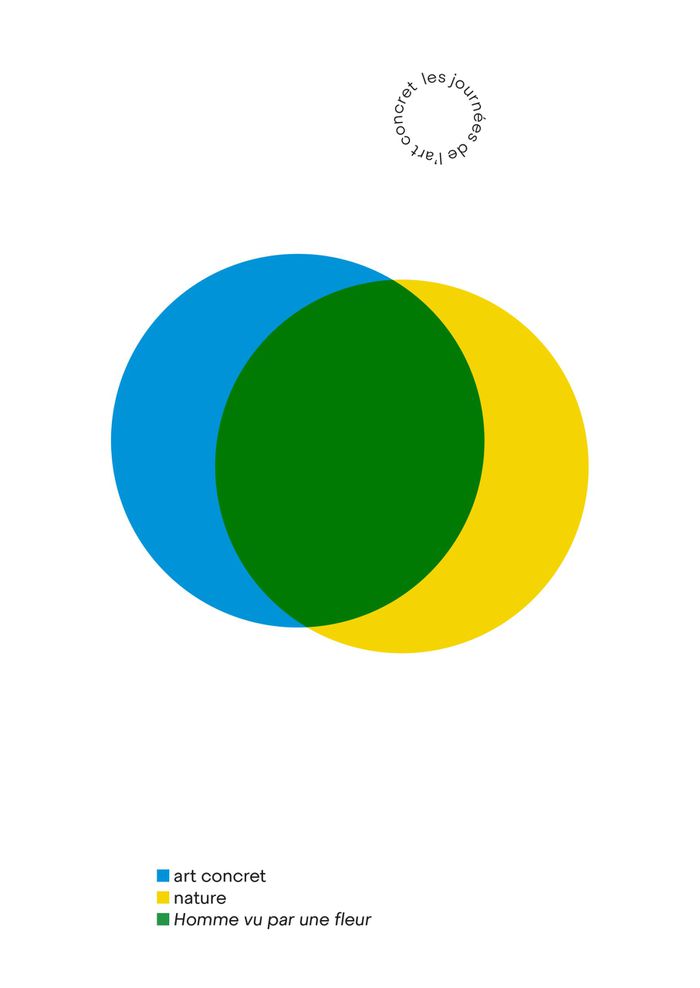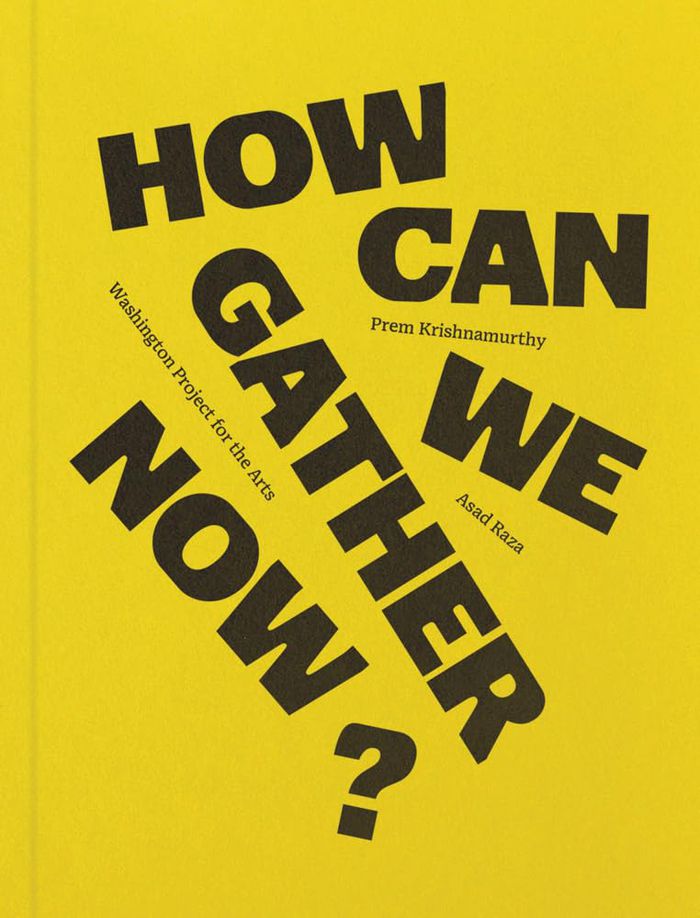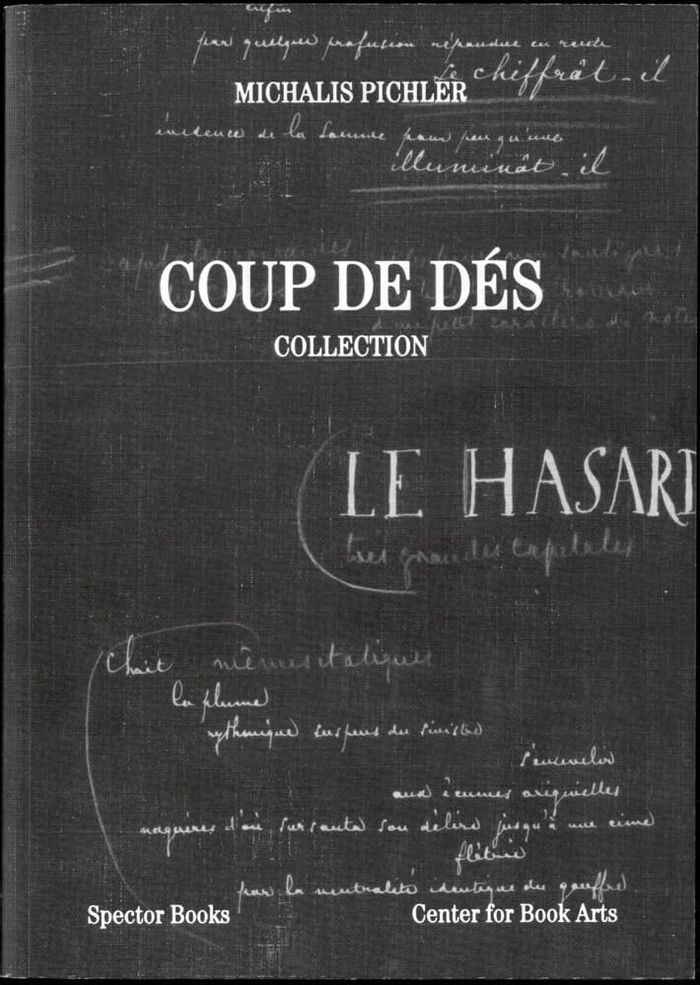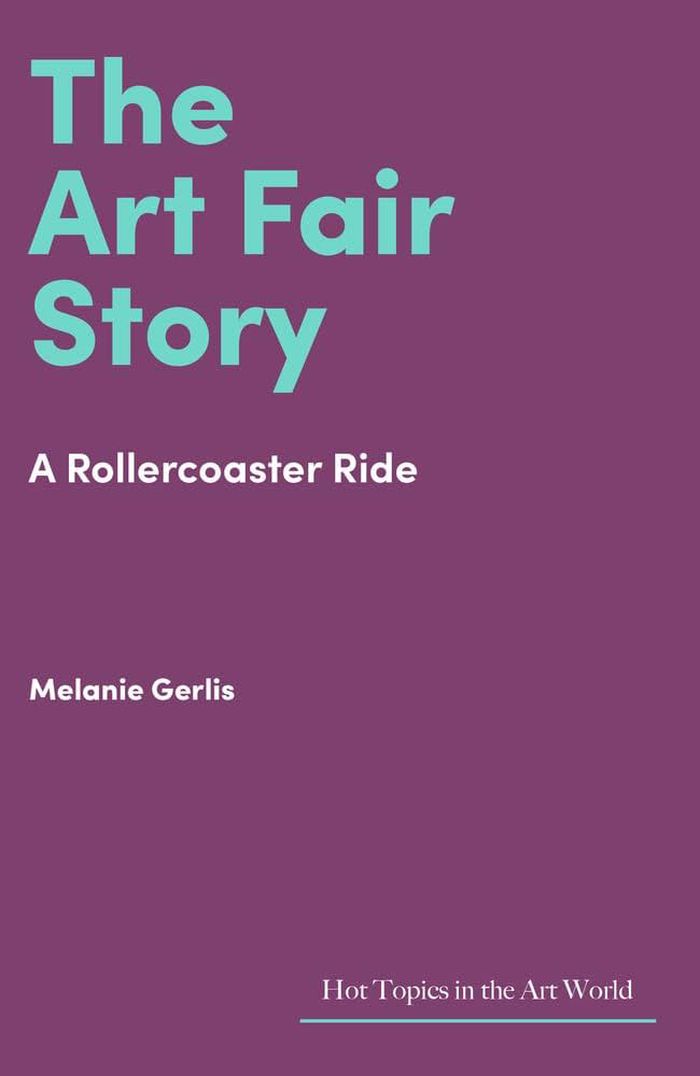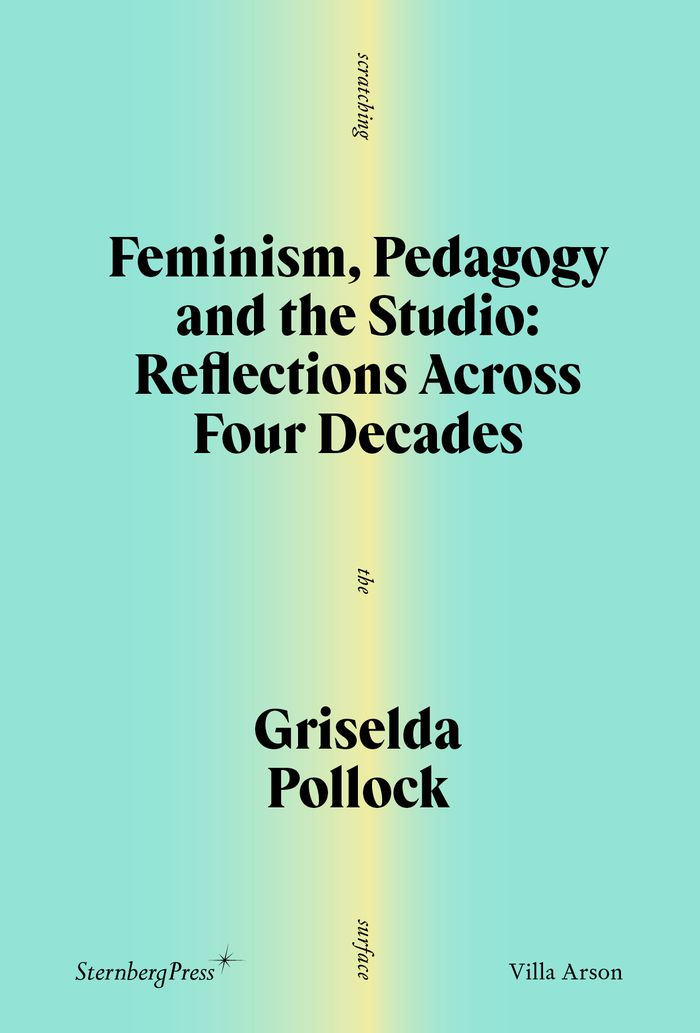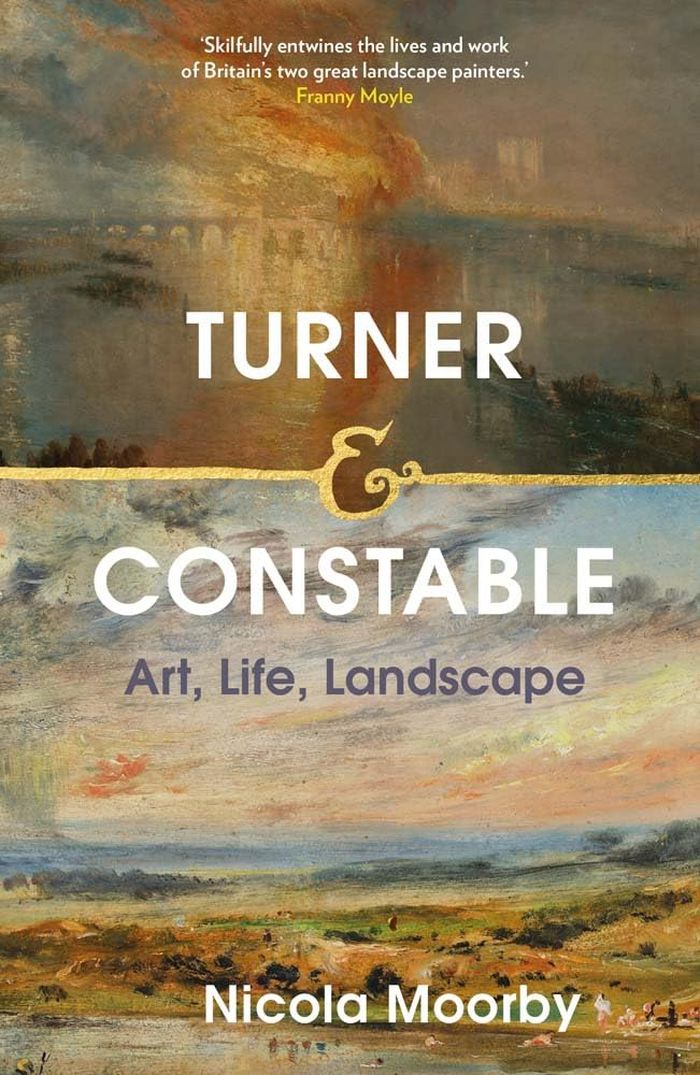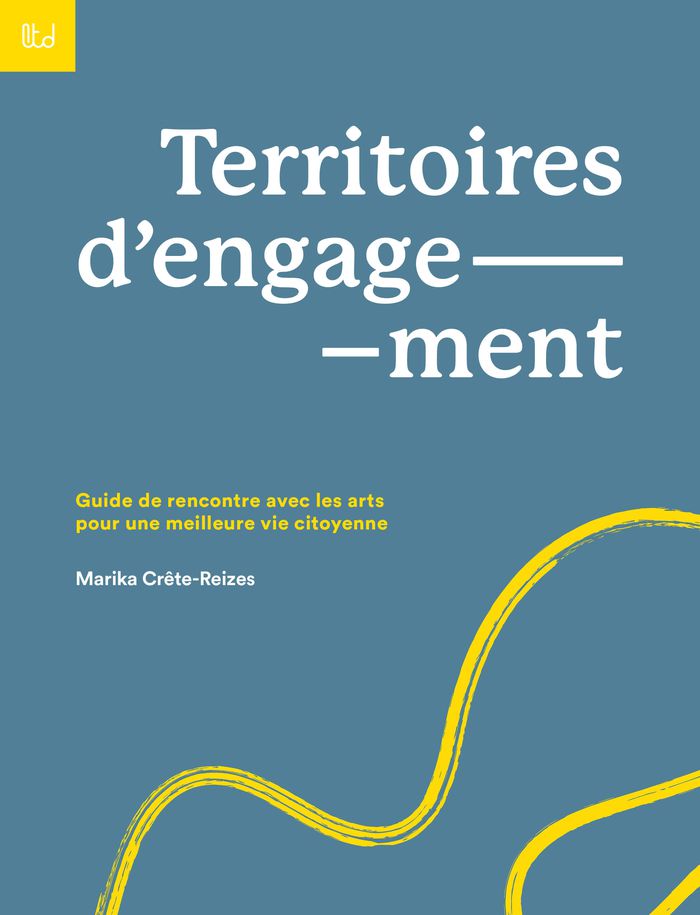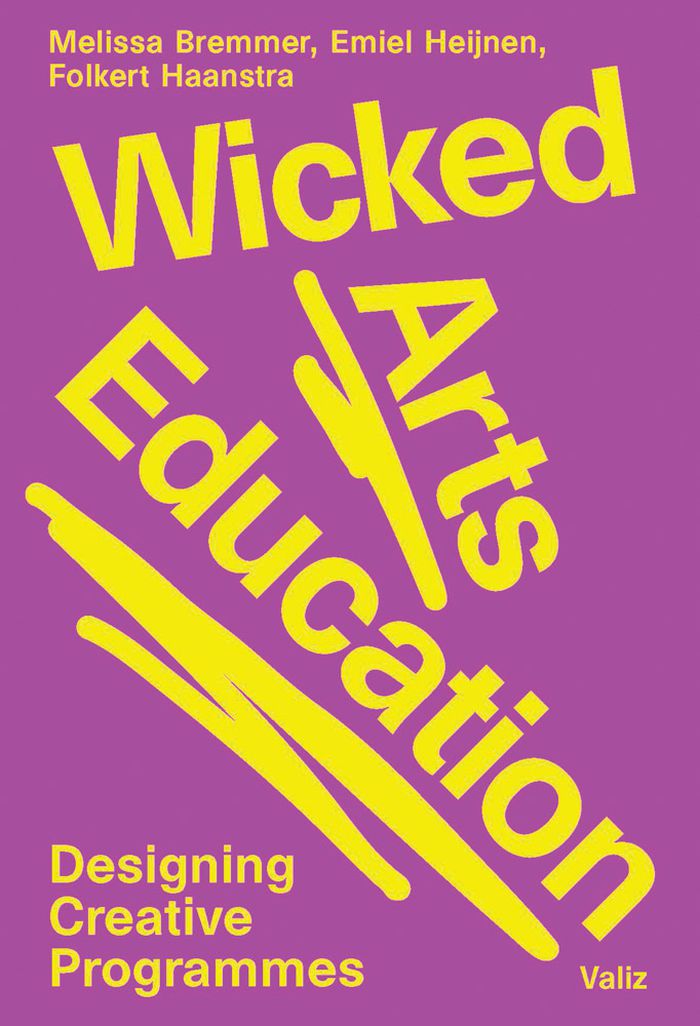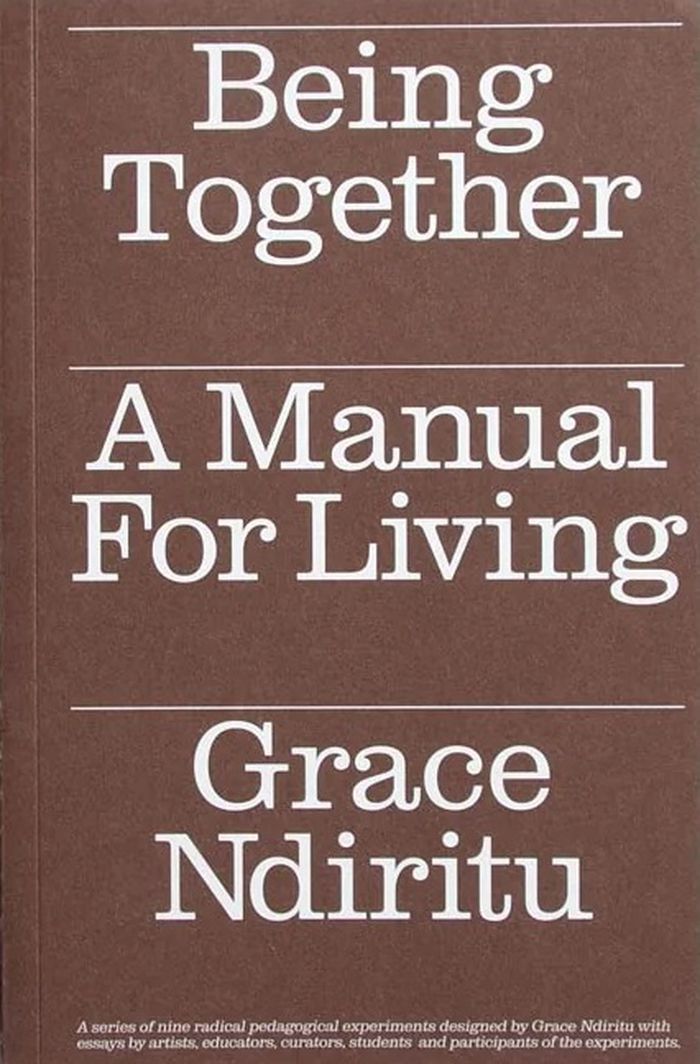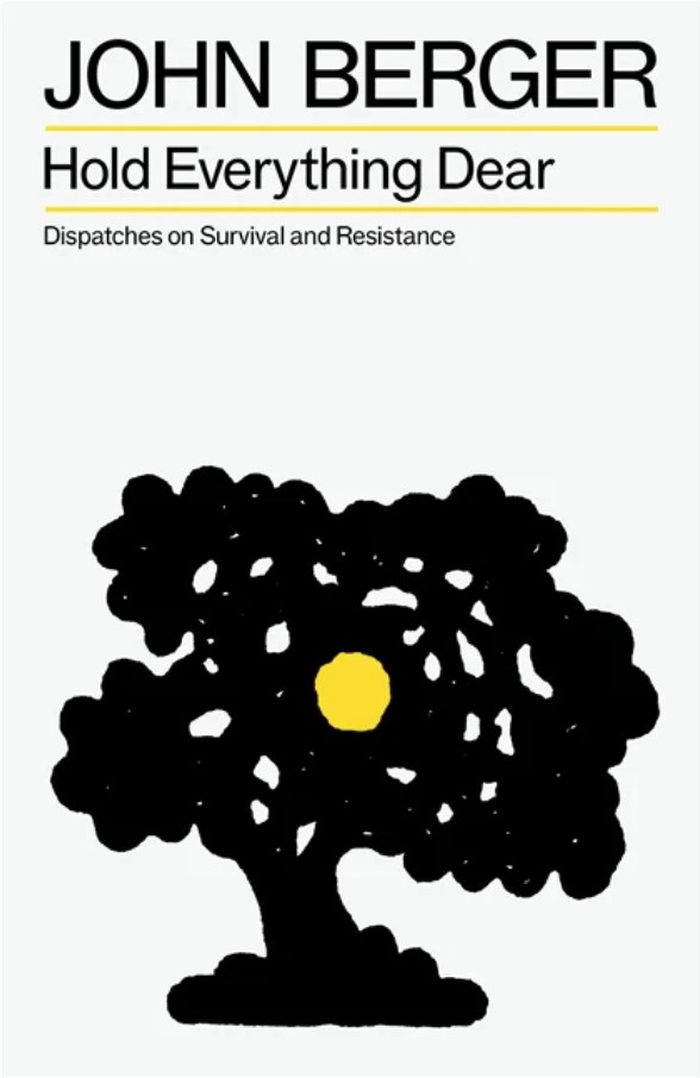$46.95
(disponible sur commande)
Résumé:
Explorer les relations subtiles entre l’art concret et la nature, tel est le dessein de cet ouvrage placé sous le signe d’une sculpture de Jean Arp dont le titre, Homme vu par une fleur, invite à renverser toutes nos certitudes. Des chemins de traverse sont empruntés pour observer la manière dont la nature s’immisce dans les problèmes mathématiques de Max Bill, s’octroie(...)
Art concret + Nature = Homme vu par une fleur
Actions:
Prix:
$46.95
(disponible sur commande)
Résumé:
Explorer les relations subtiles entre l’art concret et la nature, tel est le dessein de cet ouvrage placé sous le signe d’une sculpture de Jean Arp dont le titre, Homme vu par une fleur, invite à renverser toutes nos certitudes. Des chemins de traverse sont empruntés pour observer la manière dont la nature s’immisce dans les problèmes mathématiques de Max Bill, s’octroie une place non négligeable dans la création de la pionnière du Computer Art Vera Molnár, préside à la pensée écologique de Gottfried Honegger, constitue un modèle essentiel pour les artistes de ZERO tels que herman de vries ou Heinz Mack, offre un espace infini qu’explore la poète spatialiste Ilse Garnier. Pour concrétiser cette rencontre entre l’art et la nature, des jardins d’artistes, d’architectes, de designers, de paysagistes tels que Sophie Taeuber-Arp, Gabriel Guévrékian, Herbert Bayer, Roberto Burle Marx ou Gilles Clément ouvrent le champ des possibles.
Théorie de l’art
How can we gather now?
$35.00
(disponible en magasin)
Résumé:
The publication "How can we gather now?" documents an experimental symposium that took place from March 31 to April 2, 2023, in Washington, DC, around the topic of gathering. Produced by Washington Project for the Arts and codirected by Asad Raza and Prem Krishnammurthy, it brought together hundreds of artists, creatives and organizers from all over the world. This(...)
How can we gather now?
Actions:
Prix:
$35.00
(disponible en magasin)
Résumé:
The publication "How can we gather now?" documents an experimental symposium that took place from March 31 to April 2, 2023, in Washington, DC, around the topic of gathering. Produced by Washington Project for the Arts and codirected by Asad Raza and Prem Krishnammurthy, it brought together hundreds of artists, creatives and organizers from all over the world. This publication acts as a performance of the event, collecting a rich variety of modes including transcriptions from conversations, poetry, essays, film stills, recipes and artworks.
Théorie de l’art
$58.00
(disponible en magasin)
Résumé:
This book gathers a vast selection of editions by French poet Stéphane Mallarmé (1842–98) alongside historical and contemporary appropriations of his work by other authors. The illustrated volume contextualizes the perception and adaptations of Mallarmé’s masterpiece through critical essays written by leading scholars.
Coup de dés: Books and Ideas after Mallarmé
Actions:
Prix:
$58.00
(disponible en magasin)
Résumé:
This book gathers a vast selection of editions by French poet Stéphane Mallarmé (1842–98) alongside historical and contemporary appropriations of his work by other authors. The illustrated volume contextualizes the perception and adaptations of Mallarmé’s masterpiece through critical essays written by leading scholars.
Théorie de l’art
$46.99
(disponible en magasin)
Résumé:
In just half a century of growth, the art fair industry has transformed the art market. Now, for the first time, art market journalist Melanie Gerlis tells the story of art fairs' rapid ascent and reflects on their uncertain future. From the first post-war European art fairs built on the imperial 19th-century model of the International Exhibitions, to the global art fairs(...)
The art fair story: A rollercoaster ride
Actions:
Prix:
$46.99
(disponible en magasin)
Résumé:
In just half a century of growth, the art fair industry has transformed the art market. Now, for the first time, art market journalist Melanie Gerlis tells the story of art fairs' rapid ascent and reflects on their uncertain future. From the first post-war European art fairs built on the imperial 19th-century model of the International Exhibitions, to the global art fairs of the 21st century and their new online manifestations, it's a tale of many twists and turns. The book brings to life the people, places and philosophies that enabled art fairs to take root, examines the pivotal market periods when they flourished, and maps where they might go in a much-changed world.
Théorie de l’art
$21.99
(disponible sur commande)
Résumé:
"Feminism, pedagogy, and the studio: Reflections across four decades" brings together two lectures delivered by Griselda Pollock in 1985 and 2022. In 1985, Griselda Pollock critically examined the gender politics of twentieth-century art education that, she argued, reinforced masculinist and individualist ideologies within capitalist conditions of artistic production. She(...)
Feminism, pedagogy and the studio: Reflections across four decades
Actions:
Prix:
$21.99
(disponible sur commande)
Résumé:
"Feminism, pedagogy, and the studio: Reflections across four decades" brings together two lectures delivered by Griselda Pollock in 1985 and 2022. In 1985, Griselda Pollock critically examined the gender politics of twentieth-century art education that, she argued, reinforced masculinist and individualist ideologies within capitalist conditions of artistic production. She linked the cult of authorship to the nonrecognition of women as artists, even in the face of the evidence of women's considerable participation in modern art. She explored the impact of a critical post-modern and feminist artistic engagement with theories of meaning, subjectivity, and the image drawn from outside the "studio" model. She ultimately proposed "feminist interventions in art's histories," where expanded histories— including race, class, gender, and sexuality—challenge both the monographic-all-male model of the hero artist and the hegemony of formalist art theory.
Théorie de l’art
$50.00
(disponible sur commande)
Résumé:
Born just fourteen months apart, one in London and the other in rural Suffolk, J.M.W. Turner and John Constable went on to change the face of British art. The two men have routinely been seen as polar opposites, not least by their peers. Differing in temperament, background, beliefs and vision, they created images as dissimilar as their personalities. Yet in many ways(...)
Turner and Constable: Art, Life, Landscape
Actions:
Prix:
$50.00
(disponible sur commande)
Résumé:
Born just fourteen months apart, one in London and the other in rural Suffolk, J.M.W. Turner and John Constable went on to change the face of British art. The two men have routinely been seen as polar opposites, not least by their peers. Differing in temperament, background, beliefs and vision, they created images as dissimilar as their personalities. Yet in many ways they were fellow travellers. As children of the late 18 th century, both faced the same challenges and opportunities. Above all, they shared common cause as champions of a distinctively British art. Through their work, they fought for the recognition and appreciation of landscape painting – and in doing so ensured their reputations were forever intertwined and interlinked. Nicola Moorby offers us a fresh perspective on two extraordinary artists, uncovering the layers of fiction that have embellished and disguised their greatest achievements. For Turner & Constable is not just a tale of two artists; it is also the story of the triumph of landscape painting.
Théorie de l’art
Territoires d'engagement
$29.95
(disponible sur commande)
Résumé:
Depuis la nuit des temps, les arts sont parmi les plus puissants moyens dont nous disposons pour façonner la société, ses valeurs et ses ambitions.. Que se passe-t-il lorsque nous nous engageons dans les arts, lorsque nous dialoguons avec une œuvre? Que contient la rencontre avec les arts qui puisse nous aider à composer avec la marche actuelle du monde? Quelles aptitudes(...)
Territoires d'engagement
Actions:
Prix:
$29.95
(disponible sur commande)
Résumé:
Depuis la nuit des temps, les arts sont parmi les plus puissants moyens dont nous disposons pour façonner la société, ses valeurs et ses ambitions.. Que se passe-t-il lorsque nous nous engageons dans les arts, lorsque nous dialoguons avec une œuvre? Que contient la rencontre avec les arts qui puisse nous aider à composer avec la marche actuelle du monde? Quelles aptitudes alors activées se trouvent aussi sur le terrain de la vie citoyenne? Ancré dans la philosophie de l’éducation esthétique, ce guide se présente comme une investigation sur l’engagement. À l’intersection de la vie en société et de l’expérience individuelle des arts, il est possible de trouver une solution au sentiment d’impuissance qui nous habite souvent.
Théorie de l’art
$38.00
(disponible sur commande)
Résumé:
Following the blockbuster success of ''Wicked Arts Assignments'', ''Wicked Arts Education'' helps teachers and creatives design exciting arts educational programs from scratch. These arts programs foster a meaningful connection between the culture of the student, the arts and society. The included arts educational design strategies have been tested in a variety of(...)
Théorie de l’art
mars 2025
Wicked arts education: Designing creative programmes
Actions:
Prix:
$38.00
(disponible sur commande)
Résumé:
Following the blockbuster success of ''Wicked Arts Assignments'', ''Wicked Arts Education'' helps teachers and creatives design exciting arts educational programs from scratch. These arts programs foster a meaningful connection between the culture of the student, the arts and society. The included arts educational design strategies have been tested in a variety of settings around the world and were found to be helpful in challenging arts educators to explore curriculum ideas collectively, creatively and productively. In a time of individualization and polarization, this volume underlines the power of collective learning about, in and through the arts. Though ''Wicked Arts Education'' can be used to create personalized learning trajectories, it also advocates building learning communities in which students and teachers share interests, expertise and opinions. ''Wicked Arts Education'' can be used in a variety of educational contexts: from primary to higher education, and for arts curricula inside and beyond schools. The book is not only for educational settings, however, but intended for a wide-reaching audience that includes anyone wanting to work collectively with others on a creative project.
Théorie de l’art
$42.00
(disponible en magasin)
Résumé:
Grace Ndiritu delves into radical approaches to education, drawing from her self-directed research in alternative, nomadic, and spiritual communities. Her experiences - from Buddhist monasteries to permaculture communities - profoundly shaped her understanding of embodied learning and its relevance in times of social upheaval. "Being together: A manual for living"(...)
Being Together: A Manual for Living
Actions:
Prix:
$42.00
(disponible en magasin)
Résumé:
Grace Ndiritu delves into radical approaches to education, drawing from her self-directed research in alternative, nomadic, and spiritual communities. Her experiences - from Buddhist monasteries to permaculture communities - profoundly shaped her understanding of embodied learning and its relevance in times of social upheaval. "Being together: A manual for living" reflects on these themes, weaving voices from her social practices to explore collective action and shared destiny within the context of contemporary art education. This second edition, enriched with new essays, deepens the dialogue around these ideas. Published alongside her solo exhibition "The compassionate rebels, tools for everyday living part 1" at Page Not Found, the book extends the exhibition’s exploration of transformative educational practices and communal living.
Théorie de l’art
$25.95
(disponible sur commande)
Résumé:
From the ‘' War on Terror'’ to resistance in Ramallah and traumatic dislocation in the Middle East, Berger explores the uses of art as an instrument of political resistance. Visceral and passionate, ''Hold Everything Dear'' is a profound meditation on the far extremes of human behaviour, and the underlying despair. Looking at Afghanistan, Palestine and Iraq, he makes an(...)
Hold everything dear: Dispatches on survival and resistance
Actions:
Prix:
$25.95
(disponible sur commande)
Résumé:
From the ‘' War on Terror'’ to resistance in Ramallah and traumatic dislocation in the Middle East, Berger explores the uses of art as an instrument of political resistance. Visceral and passionate, ''Hold Everything Dear'' is a profound meditation on the far extremes of human behaviour, and the underlying despair. Looking at Afghanistan, Palestine and Iraq, he makes an impassioned attack on the poverty and loss of freedom at the heart of such unnecessary suffering. These essays offer reflections on the political at the core of artistic expression and at the center of human existence itself.
Théorie de l’art
